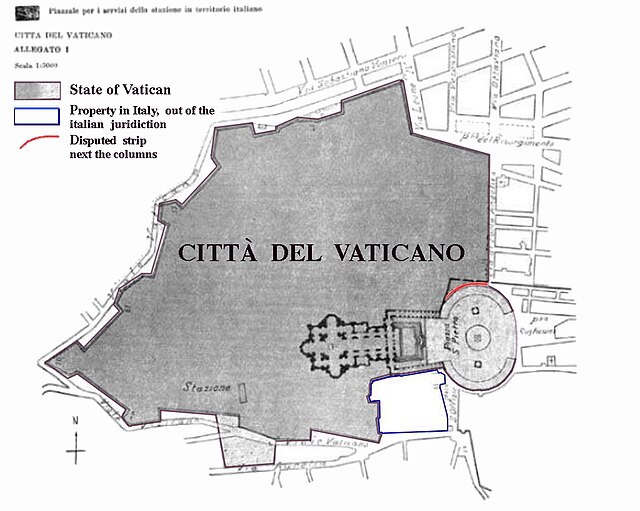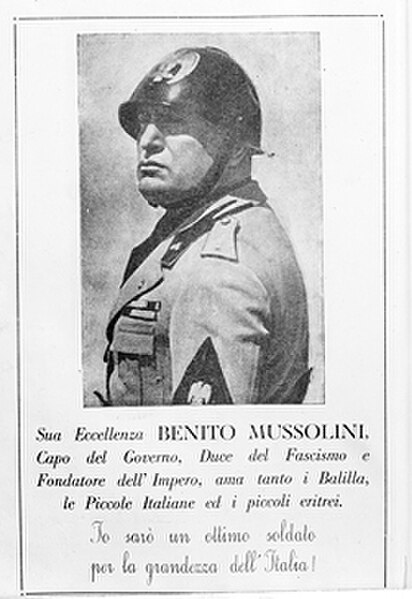The Lateran Treaty was one component of the Lateran Pacts of 1929, agreements between the Kingdom of Italy under King Victor Emmanuel III and the Holy See under Pope Pius XI to settle the long-standing Roman Question. The treaty and associated pacts were named after the Lateran Palace where they were signed on 11 February 1929, and the Italian parliament ratified them on 7 June 1929. The treaty recognised Vatican City as an independent state under the sovereignty of the Holy See. The Italian government also agreed to give the Roman Catholic Church financial compensation for the loss of the Papal States. In 1948, the Lateran Treaty was recognized in the Constitution of Italy as regulating the relations between the state and the Catholic Church. The treaty was significantly revised in 1984, ending the status of Catholicism as the sole state religion.
Vatican and Italian delegations prior to signing the treaty
Francesco Pacelli was the right-hand man to Pius XI's Secretary of State Pietro Gasparri during the Lateran Treaty negotiations
Territory of Vatican City State, established by the Lateran Accords
Fascist Italy is a term used to describe the Kingdom of Italy governed by the National Fascist Party from 1922 to 1943 with Benito Mussolini as prime minister and dictator. The Italian Fascists imposed totalitarian rule and crushed political opposition, while promoting economic modernization, traditional social values and a rapprochement with the Roman Catholic Church.
Roman Catholic procession in Corso Vittorio Emanuele II, Rome, 1931
Mussolini and Vatican delegation prior to signing the Lateran Treaty
Propaganda poster of Mussolini
Mussolini in Milan, 1930






